There are quite a lot of systematic groups of living organisms. Their classification is based on different features. One of them is the type of food. Heterotrophs, autotrophs - what is it? We will find the answer in the article.
To eat is to live
Food is one of the main signs of living organisms. The processes of metabolism and energy conversion, growth, development are impossible without the supply of nutrients. Representatives of each kingdom of wildlife in their own way adapted to receive them.
Types of nutrition of organisms
Autotrophs and heterotrophs are the main groups of organisms by type of nutrition. The first one includes plants and cyanobacteria, the second one includes animals and fungi.
Heterotrophs are able to eat only ready-made substances. They are organic (proteins, lipids, carbohydrates) and inorganic. Mineral s alts are examples of the latter. Animals for their transformation have special structures of varying complexity of organization. The simplest single-celled organisms, such as ciliates or amoeba, have digestive vacuoles. The intestinal hydra has cells of the same name. in shellfish andarthropods are already appearing specialized organs. But the most perfect digestive system is found in mammals. It consists not only of the tract, but also of glands, the enzymes of which help break down large molecules of biopolymers. Only parasitic worms do not need this system. They attach themselves to the intestinal ducts and absorb already processed food.
Autotrophs: what is it
If you translate this term from Greek, it is easy to understand what will be discussed. "Auto" means "self", "trophos" - "food". Indeed, these organisms produce the necessary substances for themselves.
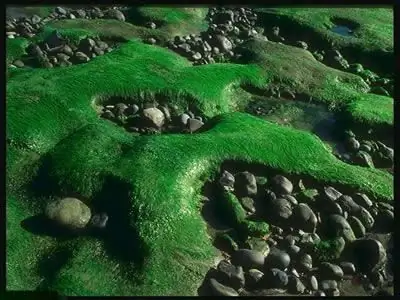
Autotrophs are organisms that use the energy of solar radiation to obtain carbohydrates. But certain conditions are necessary for this process to take place.
The essence of photosynthesis
This process occurs only in green plastids - chloroplasts, which determine the corresponding color of certain plant organs. A prerequisite is also the presence of light, water and carbon dioxide.
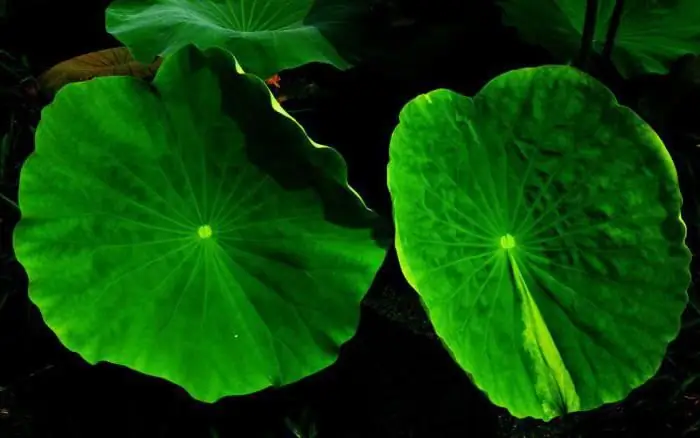
Plants are autotrophs that carry out complex chemical reactions. But its essence is simple: carbohydrate, glucose and oxygen are obtained from water and carbon dioxide. Their role in nature cannot be overestimated. After all, autotrophs are organisms that make the process of respiration possible, and hence the existence of all life on the planet.
Photosynthesis is a fairly complex process that occurs in two phases. The first one takes place in the worldthe second - in the dark, but always in the chloroplasts of green leaves. Carbon dioxide enters them through holes in the integumentary tissue called stomata. With their help, respiration and transpiration also occur - the evaporation of water from the surface of the plant.
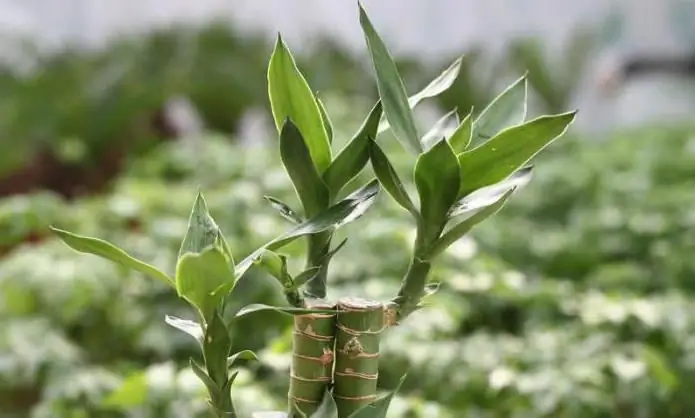
Glucose, obtained as a result of photosynthesis, is a simple carbohydrate - a monosaccharide. If the molecules of this substance are repeatedly combined, a complex biopolymer of starch is formed. It is he who is deposited in reserve by plants "for a rainy day." This explains the fact that all plant foods are rich in carbohydrates, which easily begin to break down already in the mouth.
And then the question immediately arises: do autotrophs themselves breathe? After all, this process is the opposite of photosynthesis. Of course, yes, because plants are living things. The secret is that the intensity of their release of oxygen is much greater than carbon dioxide. However, if you place indoor plants in a room where sunlight does not penetrate, they will only breathe. It is undesirable to be in such conditions.
Who are chemotrophs
Autotrophs are not the only group of organisms capable of producing "food" for themselves. They are chemotrophs. To obtain the necessary substances, they do not use sunlight, but the energy of chemical bonds. These include nitrogen-fixing nodule bacteria that develop on the roots of members of the legume and cereal families. Sulfur bacteria are also widely known.
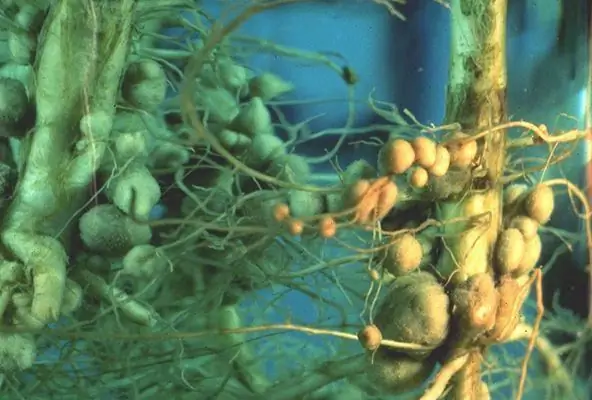
They oxidize the corresponding chemical compounds, and the resulting energy is spent on life processes.
Mixotrophs and complexities of taxonomy
But there are especially "cunning" organisms. Agree, there are not always conditions for photosynthesis. Drought or lack of light are serious obstacles to its flow. And there are cases of lack of ready-made organic substances. It would be very convenient to be both an autotroph and a heterotroph at the same time - to create a mix of feeding methods. But is it possible? Certainly. Mixotrophs - the so-called organisms that have both chloroplasts and the ability to absorb ready-made substances. A vivid example of this is the unicellular euglena green.
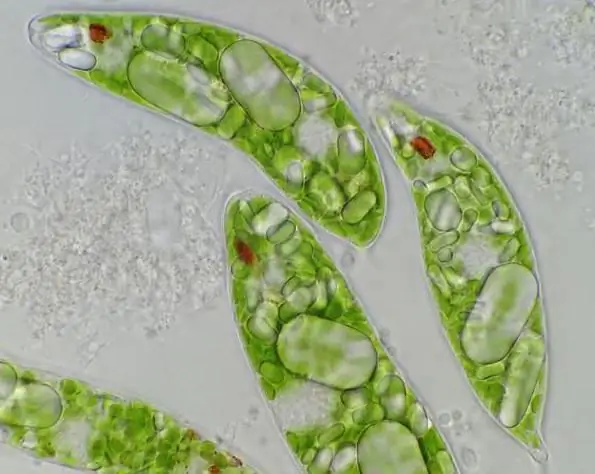
The sundew is a carnivorous plant, but it is definitely an autotroph. As a heterotroph, it acts by feeding on its prey from a special trapping device.
By the way, it is the type of nutrition that is the main sign of determining the belonging of organisms to a plant or animal community. For example, the unicellular alga Chlamydomonas actively moves due to the presence of flagella, and has a light-sensitive eye. Why not an animal? However, in her cell is a horseshoe-shaped chloroplast, which determines her belonging to the plant kingdom.
The issue is more complicated with mushrooms. They are not capable of photosynthesis, do not have plastids and do not store starch in reserve. But the attached way of life, unlimited growth and the presence of a cell membrane does not allow us to call them animals. Therefore, taxonomistsassigned them to a separate kingdom.
Autotrophs are amazing organisms. As an intermediary between the sun and the earth, they make life on our planet possible.






